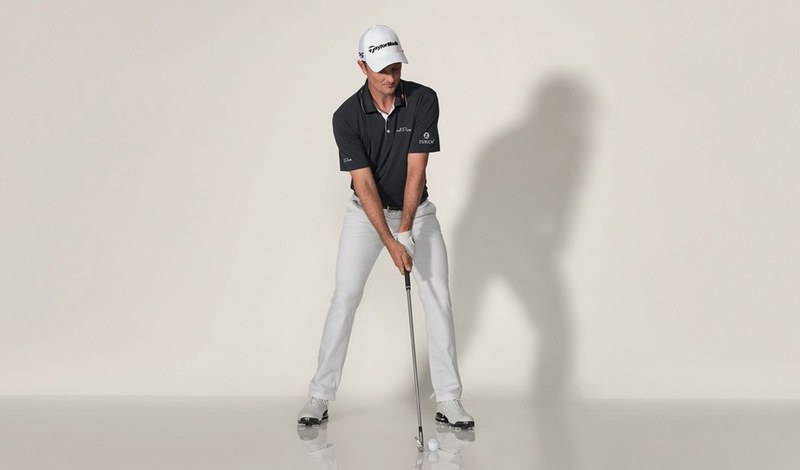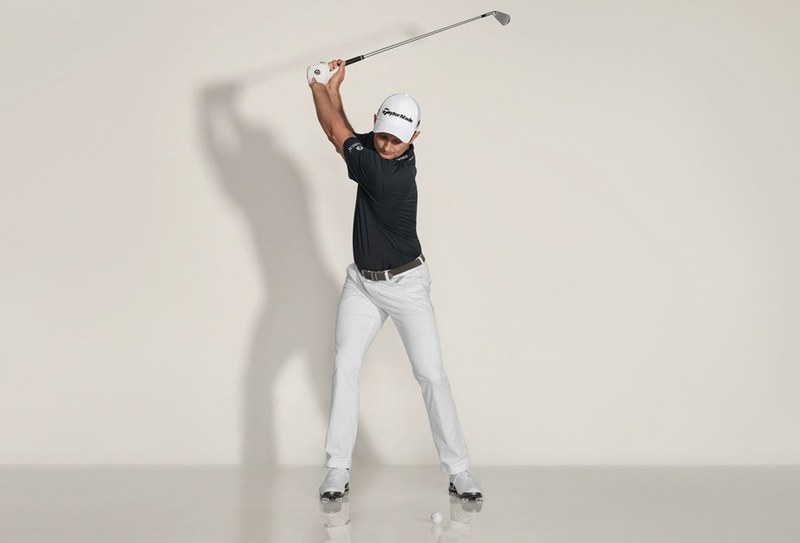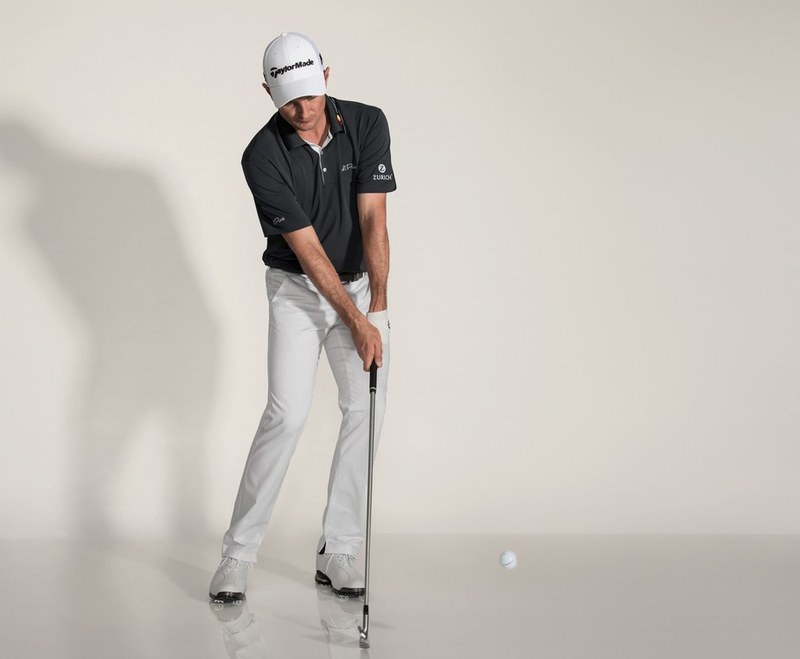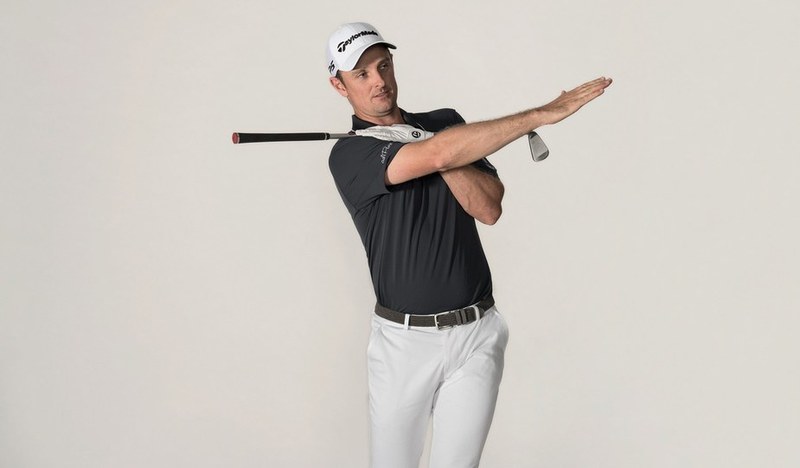
Justin Rose’s contribution in the world of international Golf has been phenomenal. At 37, the ace Golfer has proved time and again that veterans can still thrive in Golf. According to him, the reality of Golf is it’s always not that easy to get a clear shot into the green.
Talk about pro Golfers and they have precise strategies for every situation when the path to the green is blocked—usually it's a tree, though they encounter all sorts of large obstacles.

We bring you a lowdown of the recovery techniques that Justin Rose swears by whenever the path to the green is obstructed.
HIGH RISER
Get wide on both sides

Minimize weight shift and shoulder turn to keep it under the branches
You're faced with a tall tree between you and the green. If the lie is such that you can make fairly clean, ball-first contact, there's a method to getting each iron in your bag to launch like the one above it—making an 8-iron get up as quickly as your 9-iron, for example.
So much of executing this shot is in the setup. Take a wide stance and play the ball forward (above). The rear shoulder is lower than the front, almost like a driver stance, which will naturally shallow out the swing to promote a high shot.
When you take the club back, feel very wide, your hands getting about as far from your torso as possible. Look at the position of my hands at the top of the backswing (below). They're high, and there's a great deal of extension. The through-swing has that same wide feeling.
Putting some fade on the ball will add height, too. To get that shot shape, hold the clubface open through impact, which adds loft. Instead of chasing the clubhead low around your body as you might with a regular swing, give it a bit of a flip with your wrists as you come through.
Stay stacked on the front leg

When I have to keep a shot low under branches, I know it's absolutely critical to miss that first limb. Hit that one, and you could wind up farther from the green. But strike an obstacle that's a way ahead, and there's a chance for a positive result. Almost every branch is thinnest toward its end, so it's smart to cheat your aim there. A half an inch can mean all the difference with this shot.
To execute this low runner, take a long iron and set up with your feet in a narrow stance, the ball toward your back foot. About 70 percent of your body weight should be on your front foot. There isn't a lot of body movement when you swing; feel your weight consistently pressing forward. Also, limit shoulder turns. I feel like my left shoulder stays in the same place through the takeaway and downswing. This helps strike the ball solid.
Keep the right shoulder high

You've got a massive tree or rock ahead, and your only way around it is to work the ball right to left. To pull this shot off, your swing needs to be more circular. The way to do that is change how you turn your shoulders. To feel the correct movement, try the drill I'm demonstrating. Hold a club across your chest, and rehearse swings so the shaft remains roughly parallel to the ground throughout (above). That's far less shoulder tilt than in a typical iron swing.
The main thought here is, Keep the right shoulder high. In this drill, my right hand mirrors the position of the clubface (below), which should be closing aggressively through impact to make the ball hook. As you can see in my finish, the position of the hand isn't higher than my chin. Swing through on a flatter, more circular path and, you'll curve it around the trouble.
A hook swing needs to be more circular, and the way to do that is to change how you move your shoulders.
Focus on the wrists

It always feels a bit unlucky to find yourself braced against a bush with little or no room to make a backswing, possibly scuffing your trousers. Don't give up and take an unplayable just yet. There's usually a way to advance the ball a useful distance, no matter how awkwardly you have to swing.
When you don't have space to make a shoulder turn, the power must come from quickly hinging and unhinging your wrists (below). You can generate a surprising amount of speed this way. The situation will likely require a narrow stance, which is a good thing. A narrow stance promotes the steep angle of attack you need to get the most out of this choppy, little swing.
Because there's a lot of forward shaft lean, choose a club with a fair amount of loft. Also, be mindful not to take the club back too far. If you touch the branch or whatever's hindering your swing, you might get flustered and flub the shot.
It's also smart to rehearse what you're trying to do with a bunch of practice swings. This will drill into your mind exactly how to advance the ball and, hopefully, chase it on the green.